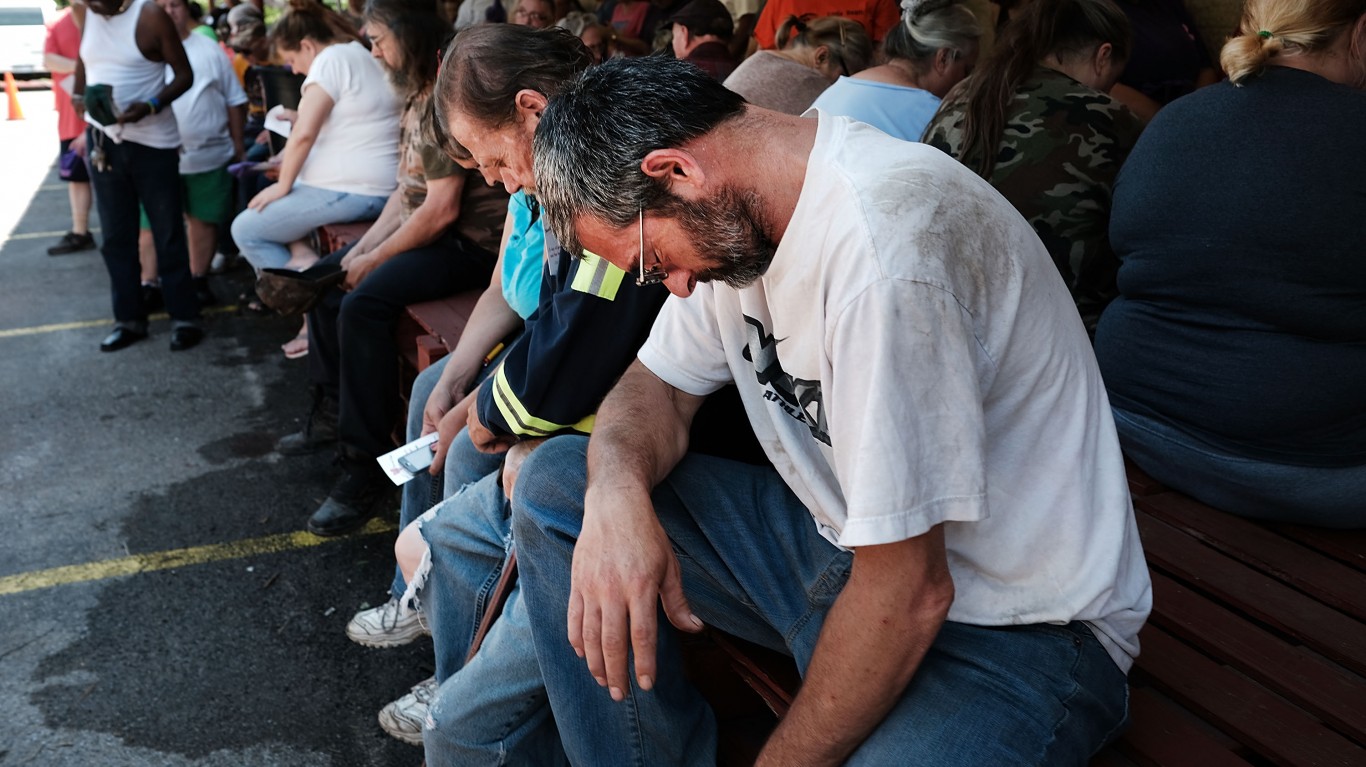
The U.S. Department of Commerce’s Bureau of Economic Analysis (BEA) reported Thursday morning that personal income increased month over month by less than 0.1% in November, after rising 0.5% in October. Disposable personal income fell by a similar percentage, and personal consumption expenditures (PCE) increased by 0.2%.
Economists were looking for an increase of 0.3% in both income and spending.
The PCE index came in at 1.4%, the same as the October change and, excluding food and energy, the index dipped from 1.8% in October to 1.6%. Real PCE increased by 0.1%.
The PCE index is the Federal Reserve’s preferred measure of U.S. inflation. That the index has returned to its July level is due partly to a stronger dollar that has had the effect of keeping energy prices in check. The PCE index remains solidly below the Fed’s 2% target.
The increase in personal income in November primarily reflected increases in personal interest and rental income and were mostly offset by a decrease in wages and salaries. The increase in real PCE primarily reflects an increase in consumer spending on services.
Spending on durable goods dropped 4.8% month over month and spending on services rose 28.8%. Personal savings fell by 28.2% compared with October.
The Average American Has No Idea How Much Money You Can Make Today (Sponsor)
The last few years made people forget how much banks and CD’s can pay. Meanwhile, interest rates have spiked and many can afford to pay you much more, but most are keeping yields low and hoping you won’t notice.
But there is good news. To win qualified customers, some accounts are paying almost 10x the national average! That’s an incredible way to keep your money safe and earn more at the same time. Our top pick for high yield savings accounts includes other benefits as well. You can earn up to 3.80% with a Checking & Savings Account today Sign up and get up to $300 with direct deposit. No account fees. FDIC Insured.
Click here to see how much more you could be earning on your savings today. It takes just a few minutes to open an account to make your money work for you.
Our top pick for high yield savings accounts includes other benefits as well. You can earn up to 4.00% with a Checking & Savings Account from Sofi. Sign up and get up to $300 with direct deposit. No account fees. FDIC Insured.
Thank you for reading! Have some feedback for us?
Contact the 24/7 Wall St. editorial team.




